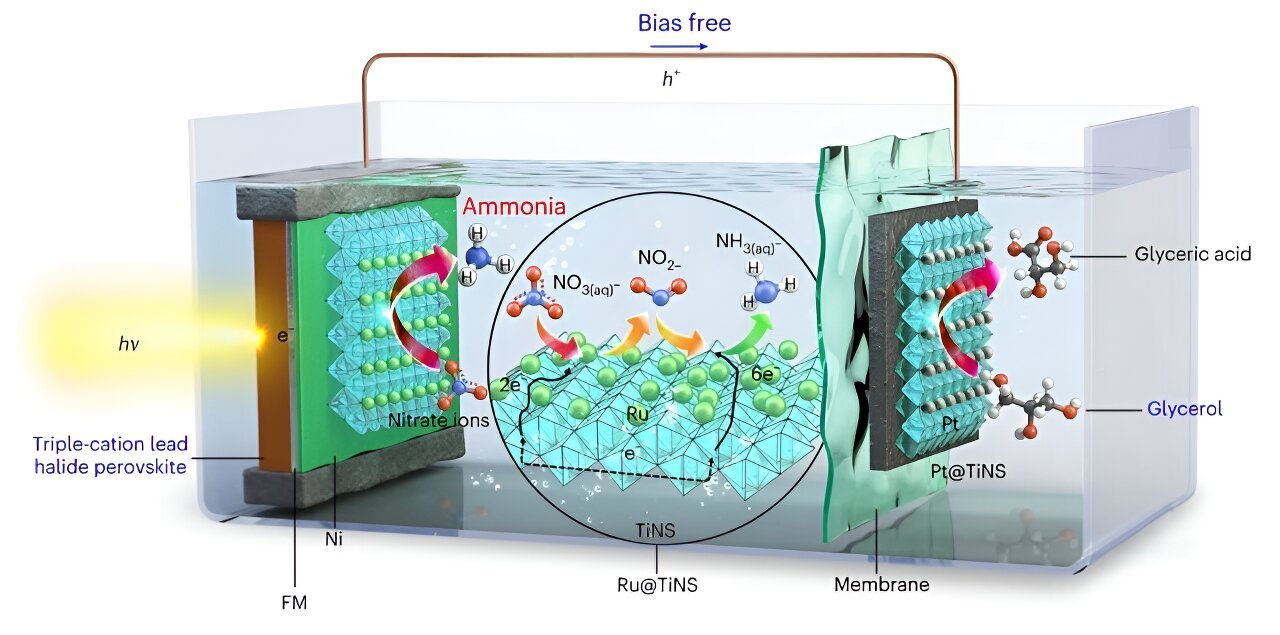Harnessing renewable energy is revolutionizing chemical production, enabling the industry to transition toward more sustainable and carbon-neutral operations. Traditionally, chemical manufacturing has been one of the most energy-intensive sectors, heavily reliant on fossil fuels. By integrating renewable energy sources such as solar, wind, and biomass, chemical companies are reducing their carbon footprints, lowering operational costs, and aligning with global climate goals.
One of the most significant applications of renewable energy in the chemical industry is in powering energy-intensive processes such as electrolysis and distillation. For example, renewable electricity is used to produce green hydrogen through water electrolysis, a cornerstone in sustainable ammonia and methanol production. These chemicals are fundamental in fertilizers, fuels, and other industrial applications. Similarly, solar and wind energy are being utilized to drive chemical reactors, replacing fossil-fuel-derived energy sources and cutting greenhouse gas emissions.
Biomass is another critical renewable resource in chemical production. By converting agricultural and forestry residues into bio-based feedstocks, companies are creating sustainable alternatives to petrochemicals. This approach not only reduces dependence on non-renewable resources but also provides a solution for managing organic waste.
Renewable energy is also playing a pivotal role in the development of advanced materials. For instance, renewable-powered processes are enabling the synthesis of lightweight composites and polymers used in industries like automotive and construction, reducing the energy requirements of these sectors as well.
The integration of digital technologies, such as AI and IoT, is further enhancing the efficiency of renewable energy usage in chemical plants. These technologies enable real-time monitoring and optimization of energy consumption, ensuring that renewable energy sources are utilized effectively and sustainably.
Despite these advancements, challenges remain, including the intermittent nature of renewable energy sources and the need for large-scale storage solutions. To address these issues, chemical companies are investing in energy storage technologies like batteries and hydrogen storage systems, which allow for the continuous and reliable use of renewable energy.
Governments and industry stakeholders are also driving this transition through policies, subsidies, and collaborations, encouraging the adoption of renewables in chemical production. As renewable energy becomes more accessible and affordable, its integration into the chemical industry is expected to accelerate, paving the way for a more sustainable and resilient industrial future.
Harnessing renewable energy in chemical production is not just a response to environmental challenges but also a strategic move toward innovation and competitiveness. By leveraging these clean energy sources, the chemical industry is setting a benchmark for sustainable practices across the global manufacturing landscape.

















